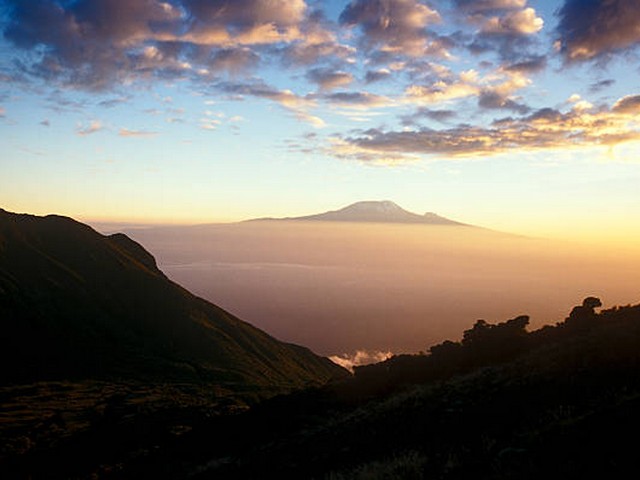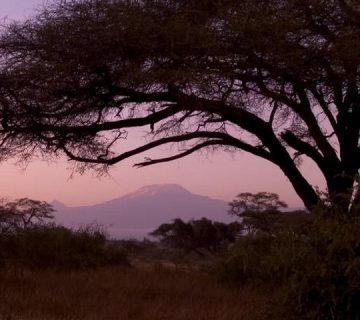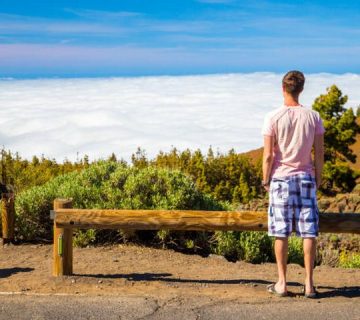Kilimanjaro Video Documentaries: Tips For Trekkers
Unveiling the Majesty of Mount Kilimanjaro Through the Lens
Mount Kilimanjaro, rising majestically above the African plains, is not only a summit for trekkers but also a beacon for storytellers, photographers, and filmmakers. Capturing its grandeur through a video documentary is an ambitious and thrilling endeavor that combines the challenges of trekking with the art of storytelling. Whether you’re a seasoned filmmaker, passionate trekker, or a novice looking to document your journey, creating a video documentary of your climb can immortalize your experience and inspire others. In this blog post, we’ll share essential tips to help you craft a visually stunning and emotionally captivating documentary of your trek to the roof of Africa with Kilimanjaro Centre for Trekking and Ecotourism (KCTE).
Crafting Your Narrative: How to Tell a Compelling Story
Understand Your Why
Before you even step foot on Kilimanjaro, it’s crucial to define the purpose of your documentary. Are you focusing on the personal challenge, the natural beauty, or the cultural encounters? Understanding your ‘why’ will guide every decision you make, from the gear you carry to the shots you prioritize.
Plan Your Story Arc
Every compelling documentary has a clear beginning, middle, and end. Plan your story arc around your trekking schedule:
- The Beginning: Introduce your audience to Kilimanjaro, your trekking team, and your motivations.
- The Middle: Document the challenges and milestones, including acclimatization days, interactions with locals, and significant landscapes.
- The End: Capture the summit attempt and the reflection afterwards. What has the journey meant to you and your team?
Technical Tips for Filming on Kilimanjaro
Selecting the Right Equipment
When trekking Kilimanjaro, the weight and reliability of your equipment are paramount. Opt for lightweight, durable, and versatile gear:
- Camera: A reliable DSLR or mirrorless camera that performs well in low light.
- Lenses: A versatile zoom lens can be invaluable, but consider a wide-angle lens for stunning landscape shots.
- Stabilization: A lightweight tripod or a gimbal to keep your footage steady.
- Power: Extra batteries are crucial as cold temperatures can drain battery life. Solar chargers can also be a lifesaver.
Shooting Techniques
- Time-lapse: Perfect for capturing the slowly changing landscapes or the bustling activity at camp.
- Slow Motion: Ideal for dramatic scenes like crossing a challenging pass or the moment of summiting.
- Interviews: Capture thoughts and reflections of your team members, providing a personal touch to your narrative.
Acclimatization and Safety: Ensuring a Successful Shoot
Filming while trekking is taxing, and the altitude only adds to the challenge. Prioritize acclimatization and safety:
- Acclimatize Properly: Follow a climb high, sleep low regimen to adjust to the altitude.
- Stay Hydrated and Nourished: Dehydration and lack of proper nutrition can affect both your physical and cognitive abilities.
- Listen to Your Body: Recognize the signs of altitude sickness and respond appropriately.
Ethical Considerations and Cultural Sensitivity
Respect the Environment
Minimize your environmental impact by sticking to the trails, carrying out all waste, and respecting wildlife. As filmmakers, it’s crucial to practice and promote responsible ecotourism.
Engage with Local Culture Respectfully
When including local people in your documentary, always ask for permission. Be respectful of cultural norms and seek to portray the community in a manner that they would approve of.
Post-Production: Bringing Your Kilimanjaro Story to Life
Once you’ve descended the mountain, the journey of your documentary is just beginning:
- Editing: Weave your footage together to tell a cohesive story. Keep your narrative focus in mind.
- Soundtrack: Choose music that enhances the emotional and thematic elements of your documentary.
- Feedback: Before finalizing your documentary, gather feedback from various viewers to refine your edits.
Climbing with Kilimanjaro Centre for Trekking and Ecotourism (KCTE)
At KCTE, we understand the unique challenges and breathtaking rewards of documenting your climb. We offer specialized support for trekkers looking to create video documentaries, from professional guides who understand the importance of capturing the perfect shot to logistical support that keeps your focus squarely on your creative vision.
Why Choose KCTE?
- Expertise: Our guides are not only climbing experts but also have a deep understanding of the best times and places for filming.
- Support: We provide logistical support that can accommodate the extra gear and special needs of filming crews.
- Sustainability: As a responsible tour operator, we ensure that your adventure is as environmentally friendly as it is unforgettable.
Call to Action: Capture Your Kilimanjaro Journey with Us!
Are you ready to capture the majesty of Kilimanjaro and tell your unique story? Join us at Kilimanjaro Centre for Trekking and Ecotourism (KCTE) for an adventure that’s more than just a climb—it’s an opportunity to create a lasting legacy of your journey. Contact us today to start planning your documentary trek!
FAQs
What is the best time of year to film on Kilimanjaro?
The best times are during the dry seasons, from June to October and from December to March.
How much extra gear can I bring for filming?
We recommend keeping your gear as light as possible, but we can accommodate necessary equipment with prior arrangement.
Do I need special permits to film on Kilimanjaro?
Yes, filming on Kilimanjaro requires permits. We can assist in the application process as part of our filming package.
Embark on your journey of a lifetime and let the world see Kilimanjaro through your eyes. Capture, create, and inspire with KCTE.




